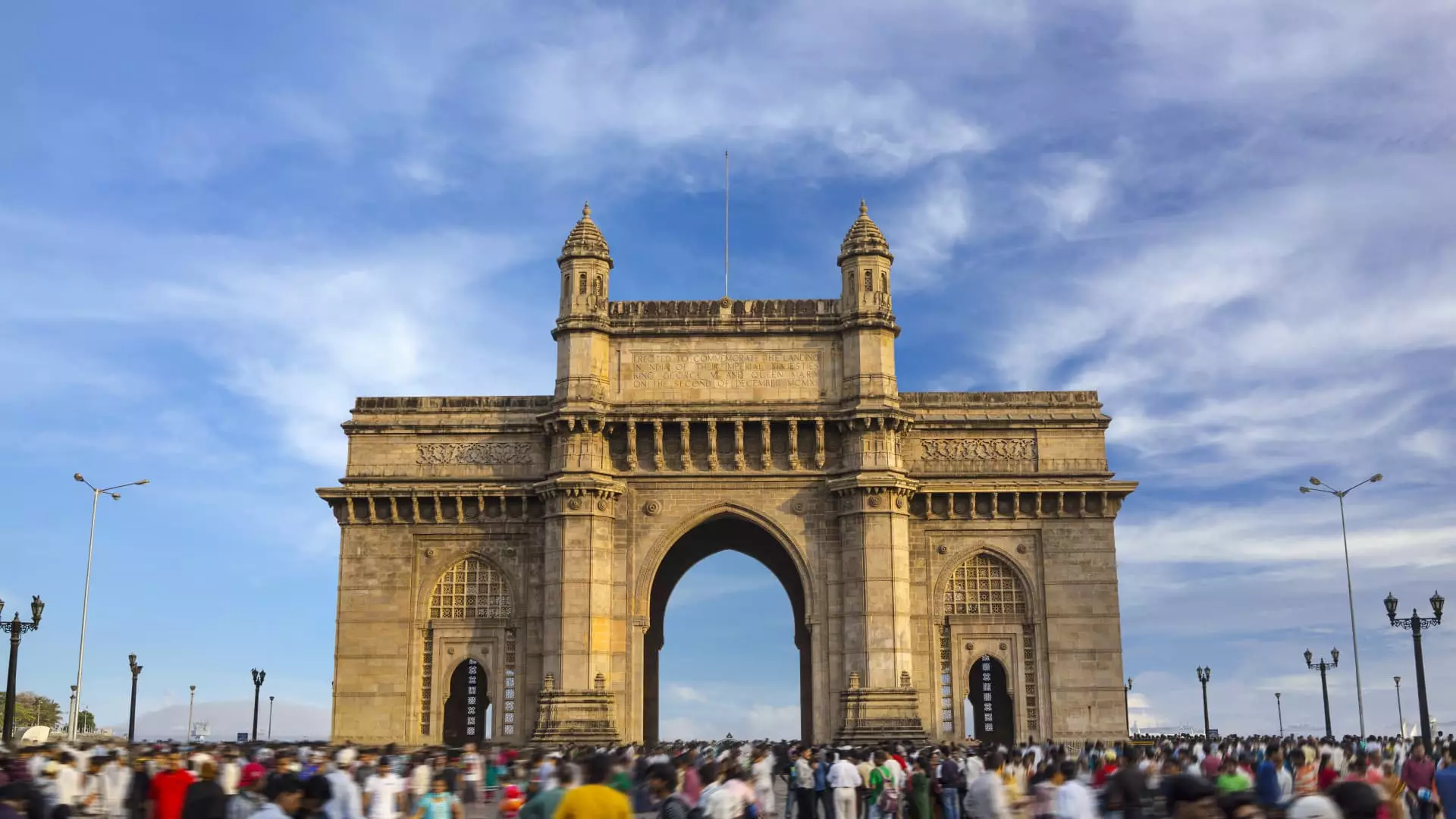India’s travel landscape is undergoing a profound transformation as the nation emerges as a powerhouse in the tourism sector. While Indian travelers were once known for their willingness to spend big while traveling, recent research indicates a shift towards domestic tourism rather than overseas trips. This shift is expected to continue in the coming years, with projections indicating that the majority of Indian travelers will opt for domestic leisure trips. Moreover, India is set to become one of the largest global travel spenders by 2030, fueled by a growing middle-income population and increasing consumption of goods and services. This article delves into the changing dynamics of travel in India and explores the top destinations within the country.
The Rise of Domestic Travel
According to a report by Booking.com and McKinsey, Indian travelers took a staggering 1.7 billion leisure trips in 2022, with the vast majority remaining within the confines of their own country. In fact, only about 1% of Indian travelers ventured abroad. This trend is predicted to continue in the future, with projections estimating that Indian travelers will undertake 5 billion leisure trips by 2030, and a staggering 99% of those trips will be within the country. The report attributes this growth to factors such as the growing middle-income population and the young demographic profile of India, where the median age is significantly lower than that of most major economies.
The Changing Face of Indian Tourism
The spending on travel and tourism in India is on an upward trajectory, predicted to reach $410 billion by 2030, marking a surge of more than 170% from the $150 billion recorded in 2019. This growth is fueled by factors such as the rise of the middle-income population, increasing household earnings, and a greater emphasis on leisure and recreation. As a result of this growth, the travel ecosystem in India is maturing, supported by various government schemes aimed at enhancing connectivity and transforming the country into a tourist hub.
The top 10 destinations within India, as reported by Booking.com and McKinsey, are New Delhi, Bengaluru, Mumbai, Chennai, Pune, Hyderabad, Gurugram, Jaipur, Kochi, and Kolkata. These cities have consistently ranked highly in terms of visitor numbers and attractions. However, there is a growing trend among Indian travelers to explore smaller urban spots, particularly in Tier 2 and Tier 3 cities. These cities, with populations ranging from 50,000 to 100,000 and 20,000 to 50,000 residents respectively, are gaining attention from both domestic and international tourists. Destinations such as Jodhpur, Dharamshala, Bodhgaya, Bilaspur, Kodagu, and Raipur are emerging as popular choices, attracting the interest of international hotel chains seeking to tap into India’s booming travel industry.
The increasing interest in Tier 2 and Tier 3 cities is largely driven by the ongoing transportation infrastructure development in India. The country’s finance ministry has committed to substantial capital expenditures, with plans to invest 10 trillion rupees ($120.96 billion) in infrastructure projects. Additionally, Indian airlines have ordered over 1,000 new aircraft, resulting in an estimated total of 1,500 to 1,700 planes by 2030. These infrastructure developments are expected to improve connectivity and accessibility to smaller cities, attracting a new wave of travelers seeking unique experiences and untapped destinations.
While the majority of Indian travelers are choosing domestic destinations, there is still a small percentage venturing overseas. The top 10 international destinations for Indian travelers include Dubai, Bangkok, Singapore, London, Paris, Ho Chi Minh City, Ubud, Hanoi, Phuket, and Kathmandu. These cities offer a mix of vibrant urban experiences, cultural attractions, and natural beauty. It is worth noting that while international travel remains a minority, there is a significant potential for growth as more Indians gain the means and desire to explore foreign destinations.
The travel landscape in India is evolving rapidly, with domestic tourism taking center stage. The growth in domestic leisure trips, fueled by a young and growing middle-income population, is reshaping the industry. While popular metropolitan areas like New Delhi and Mumbai continue to attract visitors, smaller cities are garnering attention and investment from hotel chains and travelers seeking unique experiences. As India’s transportation infrastructure continues to improve, Tier 2 and Tier 3 cities are poised to become the next hotspots. The changing landscape offers exciting opportunities for both domestic and international travelers to explore the diverse and rich tapestry of destinations within India.


Leave a Reply